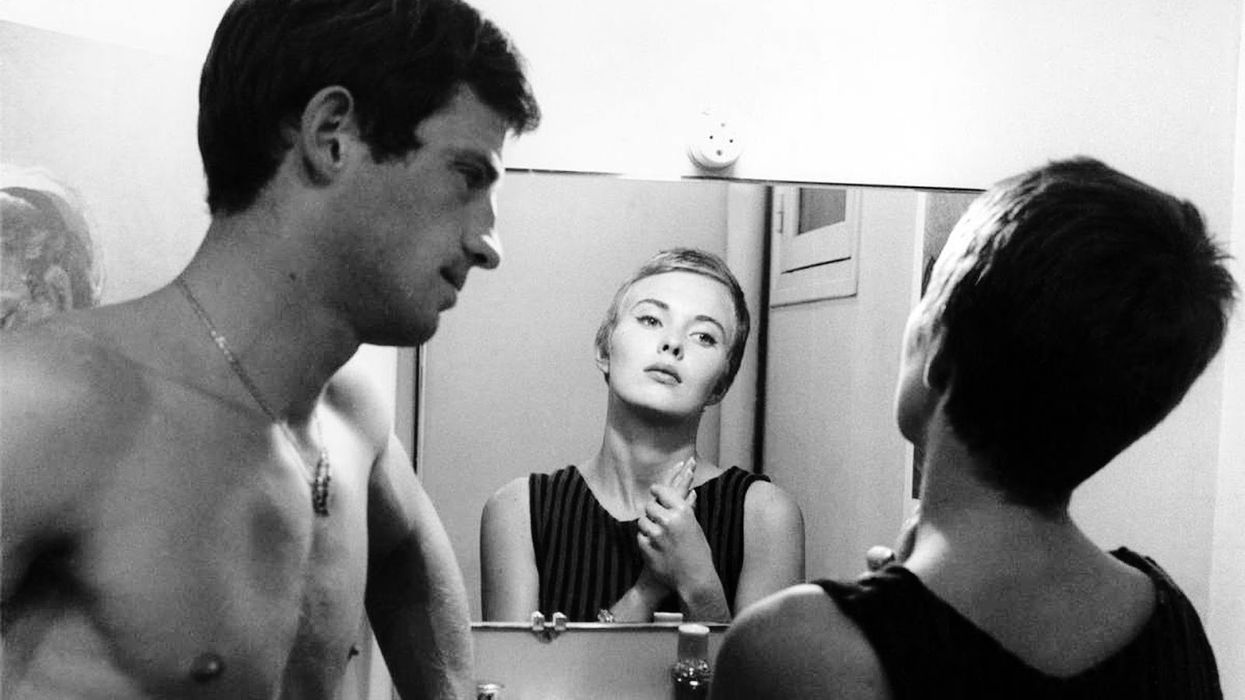Infographic: Your Guide to the History of French Cinema
Une histoire du cinéma français? Chouette!

So, raise your hand if you're obsessed with the French New Wave? Not just me, eh? Great! For the uninitiated, the French New Wave, or Nouvelle Vague, was a French film movement that lasted from the late 50s to the late 60s, which produced such iconic filmmakers such as François Truffaut, Claude Chabrol, and Jean-Luc Godard (whose birthday I celebrate every year -- and whose visage will forever be marked on my body -- and whose work completely influences everything I do as a filmmaker).
However, there's so much more to French cinema than just the French New Wave. In fact, you could say that the light from the dawn of cinema first shined in Lyon and Paris where the Lumière Brothers furthered Léon Bouly's invention of one of the first movie cameras, the cinematograph. (Thomas Edison's kinetoscope was being developed by inventor William Kennedy Dickson around the same time.) If you're looking to learn a brief history of French cinema, then you're in luck -- especially if you're not much of a reader.
With this infographic by Raffles Hotels, you can walk the timeline of French film and learn about the events and filmmakers that invented and evolved the medium as a whole, from the birth of cinema with the Lumière Brothers in the late 1800s, to the iconic film movement of the French New Wave (Nouvelle Vague) that brought low budget filmmaking to the mainstream. There are also nods to contemporary French filmmakers, like director Michel Hazanavicius, who brought silent film back to the big screen with The Artist, and director Abdellatif Kechiche who brought all sorts of attention (good and bad) to the LGBTQ community in France and worldwide with Blue is the Warmest Color.

Source: ShortList Magazine












